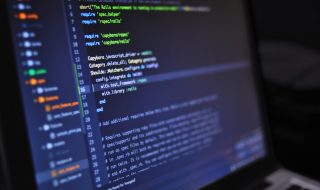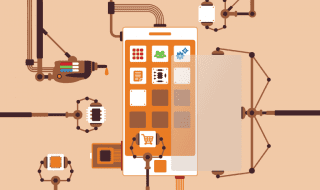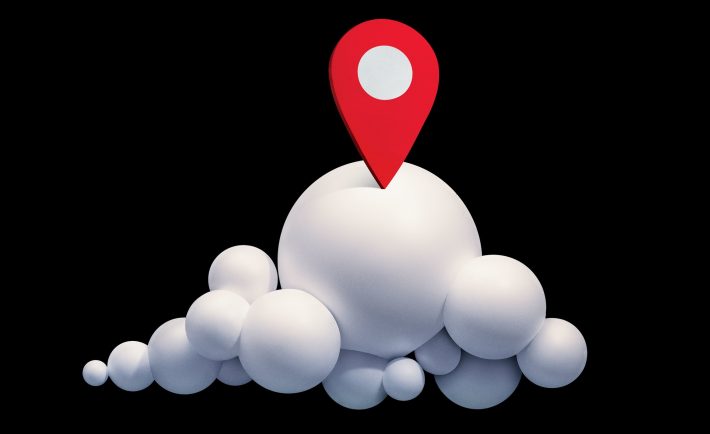
You may remember a few years ago, there was a lot of controversy regarding the accuracy of the weather forecast apps and websites. Many people experienced problems due to incorrect weather forecasts of these apps. That’s because most of the data were obtained from satellites and a few weather stations, which had limited access to local conditions on the ground.
However, these days weather websites and applications are using advanced technologies to provide weather predictions. They have access to a lot more data, which allows them to provide localized forecasts for weather and other environmental conditions.
The latest technology used by weather companies is called the Internet of Things (IoT), which enables them to predict atmospheric conditions like never before. Let us explore how the technology has improved the accuracy of meteorology and weather forecasting.
More Sensors to Obtain Weather Data
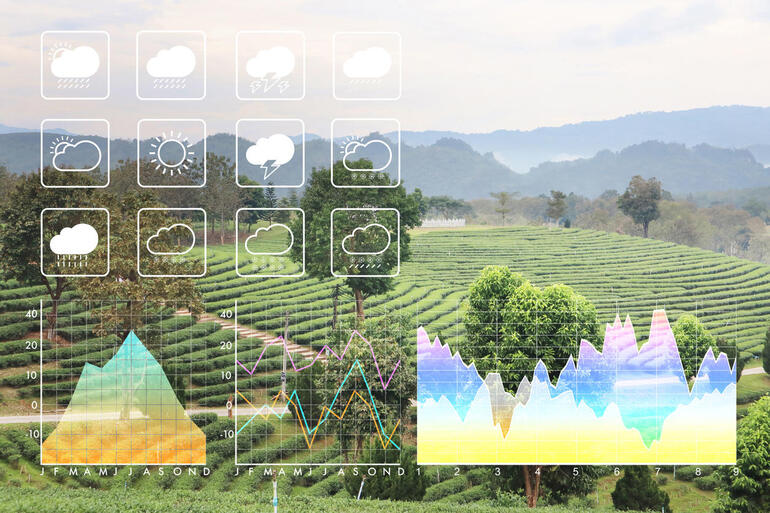
In the initial days of computerized weather forecasting, meteorologists had to rely on weather stations placed at airports or ships to acquire data. The airline and shipping industry needed accurate weather information the most and had access to spaces large enough to store the infrastructure.
Most weather companies acquired the data from government agencies like NOAA and published it on their websites and applications. But this created discrepancies because the data did not include hyper-local environmental factors. But now, thanks to the IoT technology, any device connected to the Internet can work as a weather station.
These devices use micro frequency waves to communicate with each other to pass on Internet data. Scientists discovered that these waves get affected by weather conditions. You may have noticed that the Internet receptivity on your phone network is slower during stormy weather.
Mobile networks and Internet service providers gather this wave behavioral data and pass it on to the weather companies. These companies feed the data in their systems and get accurate weather predictions.
As you may have guessed, the use of this technology has raised some eyebrows regarding the security of smartphones and other personal devices connected to the Internet. Some states like California have taken measures to implement laws regarding the use of IoT technology.
Personal smart devices used in California need to follow some guidelines to ensure the privacy of a user. However, these restrictions do not create any problem in forecasting the weather in California cities accurately. That’s because apart from personal smart devices, there are many other devices connected to the Internet.
IoT data is also collected from mobile network towers, personal weather stations, traffic cameras, vehicles, and anything else connected to the Internet. The accumulation of all this data helps in predicting accurate weather forecasts for hyper-local areas.
Adding Other Environmental Factors to the MIX

Experts have noticed that Internet signals also get affected by other environmental factors like air quality, wind conditions, pollen spread, humidity, and others. Therefore the use of IoT technology has enabled weather forecast companies to include all of these data on their websites and applications.
The additional information has been extremely helpful for a lot of people. For example, People who want to indulge in outdoor activities like biking or running can monitor environmental conditions like air quality before they go out. It ensures that they do not have to inhale unhealthy air, which could have adverse effects on the body.
The information is also useful for medical patients. People who suffer from asthma or COPD can monitor the air quality to take adequate precautions and avoid an attack. Pollen allergies are not just restricted to spring these days. People suffer from different pollen allergies in spring, fall, and even in the winter (we are talking about cedar pollen in Texas).
The ability to monitor outdoor conditions for pollen spread enables them to take adequate precautions before and after going outside. Many users also monitor the conditions to improve their quality inside their homes using air purifiers or other remedies.
Predicting Hyper-Local Weather Conditions
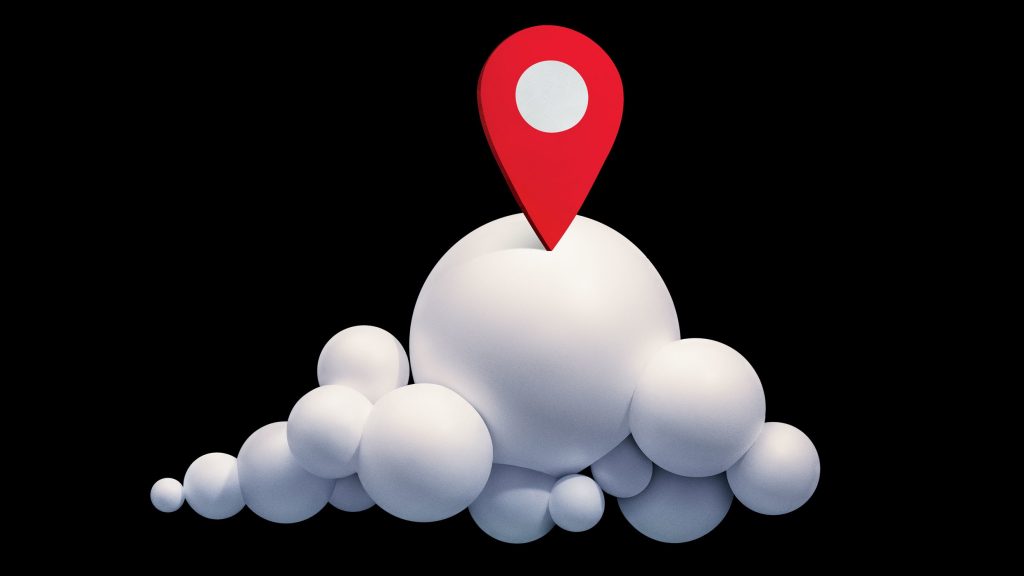
The IoT technology has been able to generate hyper-local environmental information that was not possible with the use of previous technology. But since the data can be collected from any advice connected to the Internet, it is possible to predict hyper-local conditions for individual streets and blocks in a city.
The accuracy of hyper-local weather prediction is especially useful for people who need to plan things in advance. For example, a person can check the weather for individual locations before planning a road trip. Or a person going on a hike can look out for extreme weather conditions in the areas he or she wants to cover.
Micro location-based weather forecasts have additional uses in several industries, such as agriculture, aviation, shipping, insurance, and many others. Many of these industries had implemented the use of IoT technology for weather prediction before it became available for public use.
The weather forecasting industry has embraced IoT technology for faster and more accurate predictions. The technology has also enabled companies to forecast several environmental factors other than the weather. We believe that future advancements in IoT infrastructure will continue to improve the scope and accuracy of meteorological data.

